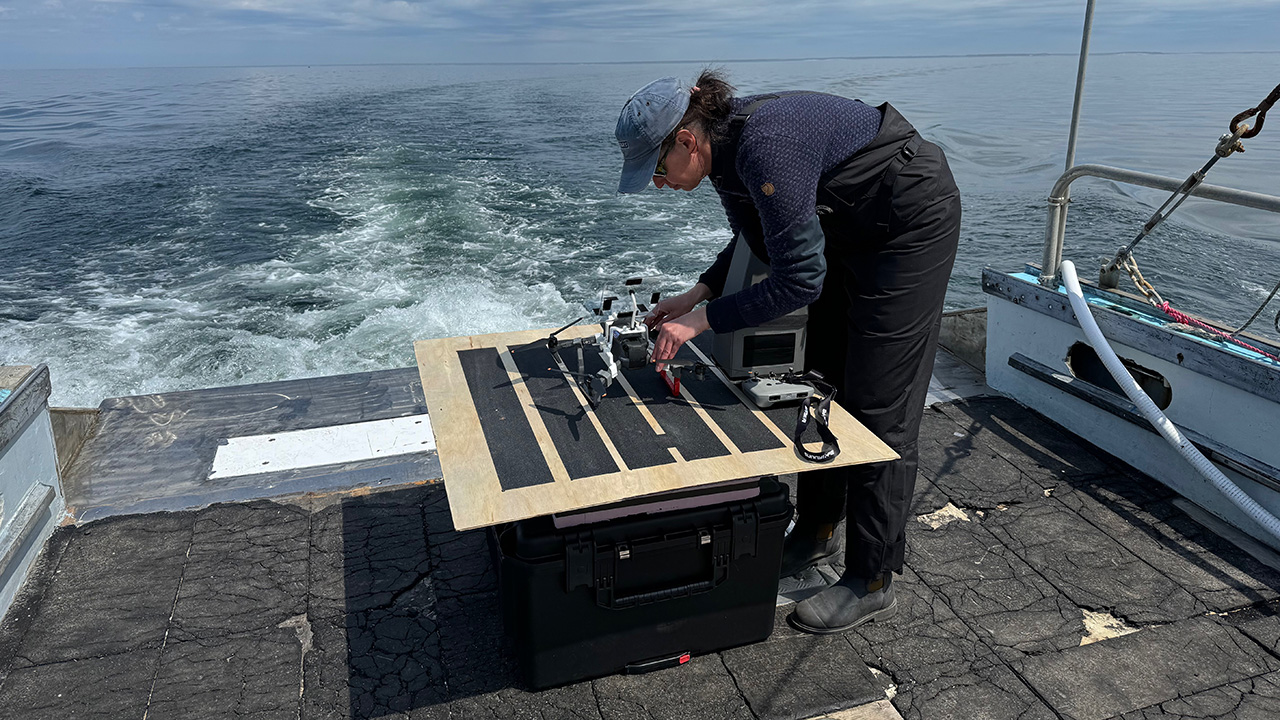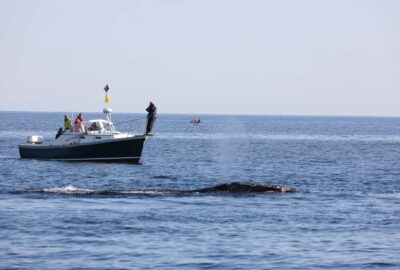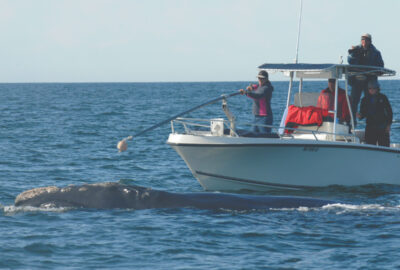New Drone Technology is Taking Flight in Right Whale Research
The Anderson Cabot Center for Ocean Life at the New England Aquarium is using the latest drone technology and pioneering new uses.
By New England Aquarium on Tuesday, August 13, 2024

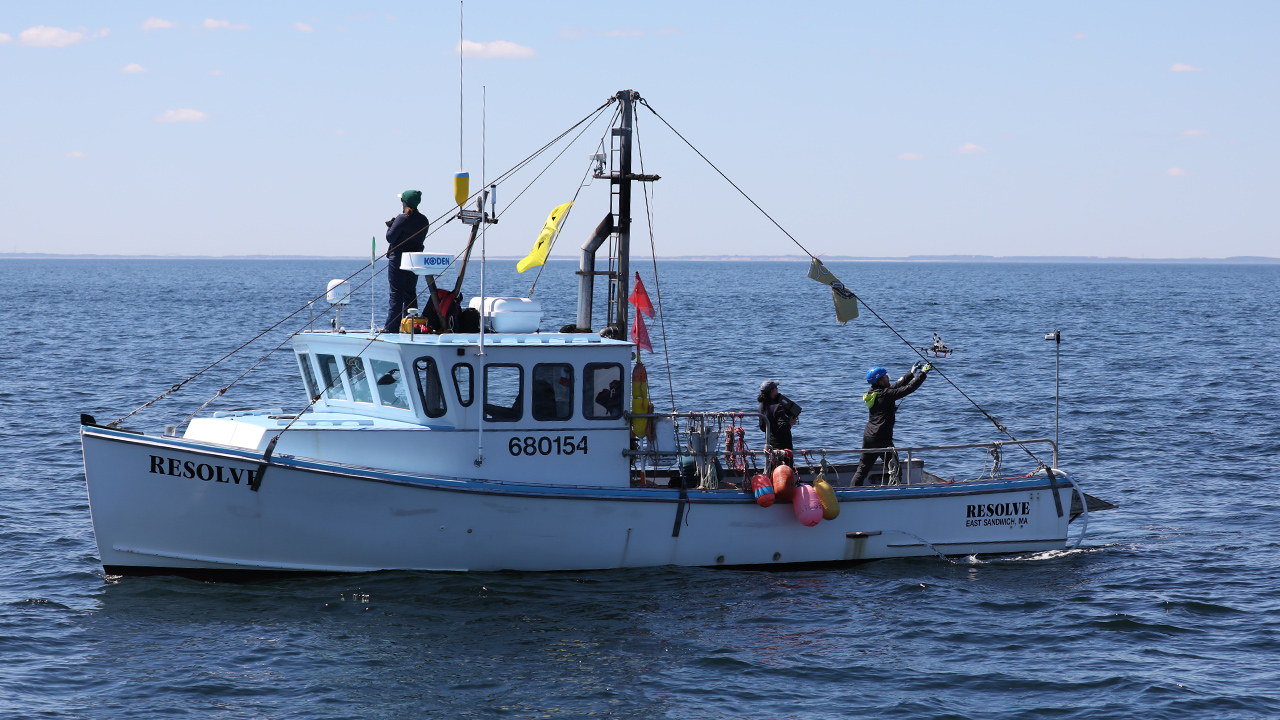
Since 1980, the New England Aquarium and our Anderson Cabot Center for Ocean Life have led research efforts on the critically endangered North Atlantic right whale. With the population dwindling to an estimated fewer than 360 individuals, increased protection for these animals is critical, and the Aquarium is using every tool and technology available to make an impact.
Deploying drones for non-invasive data collection
In Cape Cod Bay this past spring, Anderson Cabot Center researchers deployed the latest technology—drones, which the team uses to photograph and collect samples of blow.
Assistant Research Scientist Amy Warren and Associate Research Scientist Monica Zani are the team’s drone pilots, having received hours of training to conduct flights near these endangered animals. Research Scientist Hansen Johnson and Research Technician Kate McPherson also worked aboard the vessel, directing Warren and Zani towards whales as they pilot and catching the drone as it returns to the boat.
“The drone really revolutionizes the amount of information you can get non-invasively,” Johnson said. Work that usually requires research vessels to get close to the whales, which can be stressful for both humans and animals, can now be accomplished remotely. To collect blow samples, for example, pilots fly the drone above the whale as it exhales, and the sample is caught on a petri dish. This type of sampling isn’t just new to the team but new in the field—and the Aquarium is at the leading edge. Scientists in the Anderson Cabot Center’s Wildlife and Ocean Health program use these blow samples to assess individual right whales’ health, adding to our knowledge and guiding species conservation.
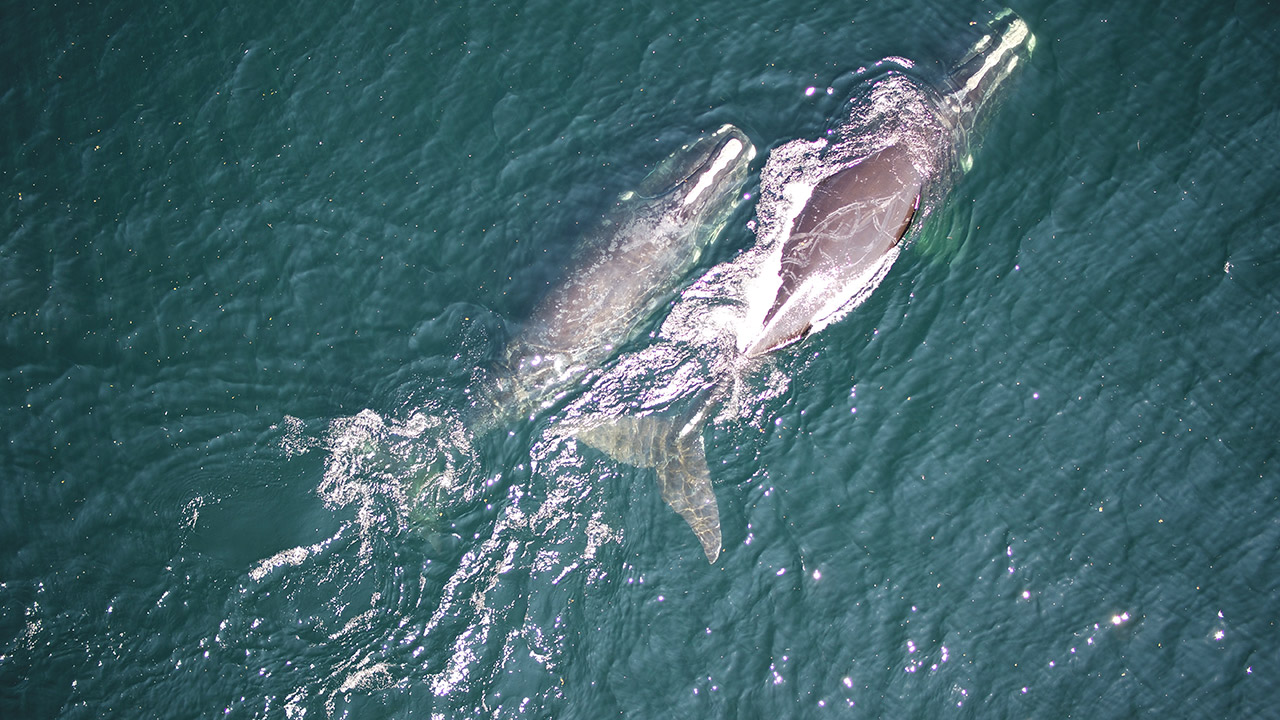
Drones are also used throughout the marine mammal community to collect length and girth measurements (photogrammetry), get body temperatures, track movements, place tags on free-swimming whales, and even help free entangled whales faster. Video from the angles available by drone allows responders to better understand the configuration of a whale’s entanglement, increasing the chance of a successful disentanglement. Each technological advancement and new use case can make a meaningful difference for the species.
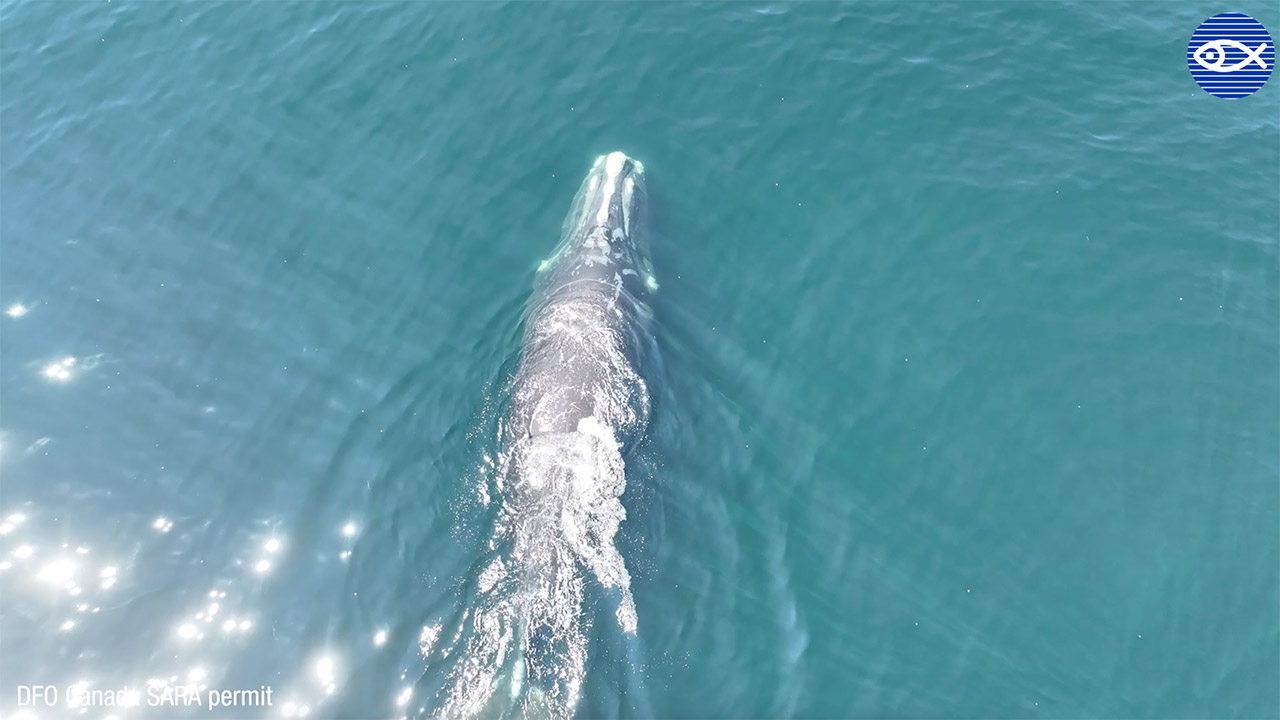
North Atlantic Right Whale Catalog #4617
Scientists from the Anderson Cabot Center for Ocean Life at the New England Aquarium use a drone during fieldwork to approach eight-year-old female Catalog #4617 and collect blow for sampling. Taken in Gulf of St. Lawrence, Canada in July 2024, under DFO Canada SARA permit.
Optimizing future drone use
While collecting blow samples using a drone is a promising advance in research technology, the Anderson Cabot Center team is still working to optimize the method to collect a large enough sample size to be able to extract hormones, the key to a significant amount of health data.
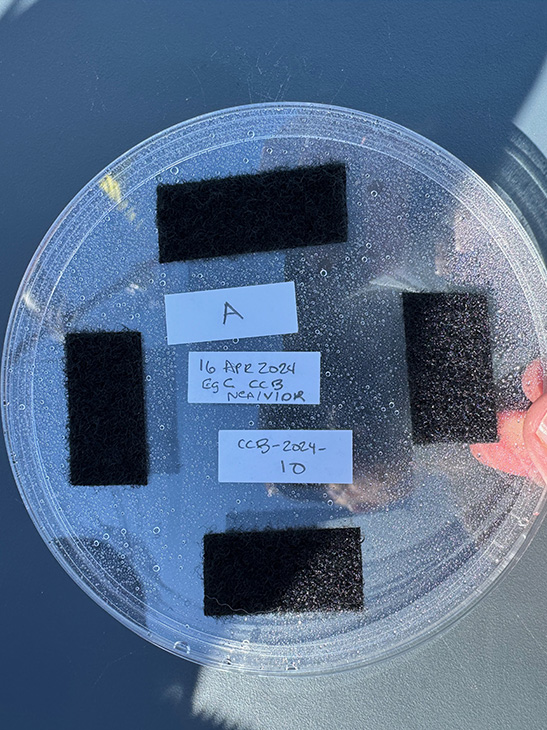
This summer, our team will spend six weeks in the Gulf of St. Lawrence. There, they’ll use drones to photograph right whales and collect as much blow and photogrammetry data as possible to monitor the health of the whales and continue to optimize sampling protocols. Much of this project will occur aboard a snow crab fishing vessel, which also provides an opportunity for our team to work closely with and learn from local fishing community members who are actively engaged in right whale conservation efforts.
Understanding gained about right whales will allow the team to effectively collaborate with fishers, policymakers, and other marine industry experts to reduce the risk of deadly entanglements in fishing gear and vessel strikes—crucial steps in protecting the species and allowing the population to rebound.
“We’re really at the beginning,” Johnson added. “Drones as a tool for marine science are here to stay, and their use is just in its infancy.”
